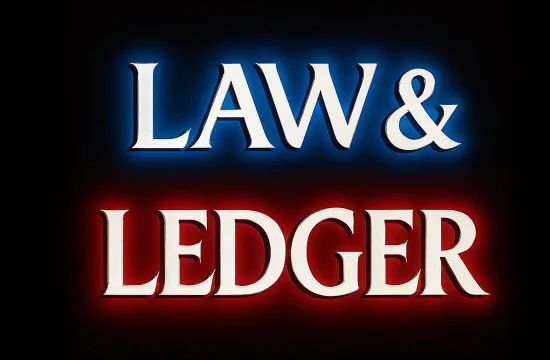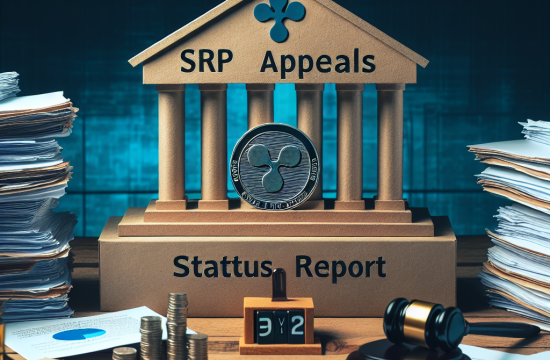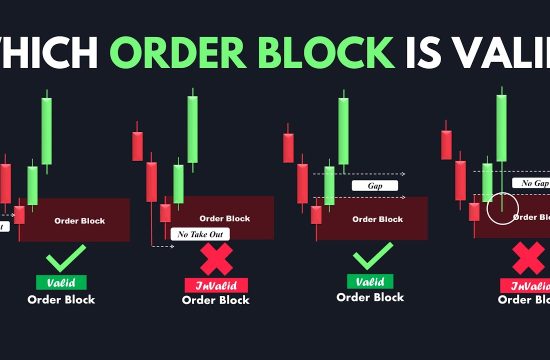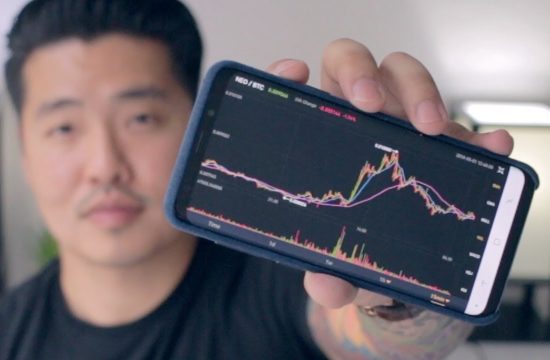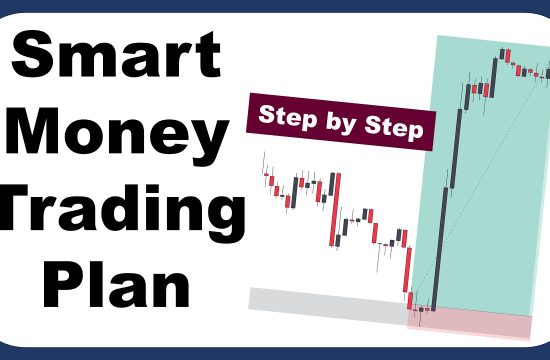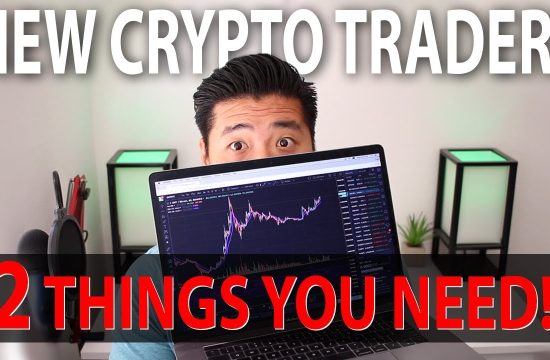Define Your Trading Goals
Understanding Your Objectives
Before diving into the trading world, I found it crucial to pinpoint exactly what I wanted to achieve with my Bitcoin investments. Were I looking for quick profits, or was I interested in holding long-term? Understanding my objectives helped steer my trading strategy and solidified my commitment.
Having clear goals is essential because they serve as a roadmap. It’s easy to get caught up in the whirlwind of the market’s short-term movements, which is why I remind myself of my long-term vision often. Whenever I stray, I take a step back and reevaluate whether my actions align with my established objectives.
No one can predict the market perfectly, but having defined goals allows you to make decisions that reflect your risk tolerance and investment timeline. So, think deeply about why you’re investing in Bitcoin and what success looks like to you.
Setting Realistic Expectations
When I first started trading, it was tempting to chase after the wild gains I’d see in posts online. But over time, I learned that setting realistic expectations was vital. I started with smaller, achievable goals to keep myself motivated while accepting that the markets can be unpredictable.
This mindset shift helped cushion the disappointment that can arise from market volatility. When I had a bad day trading, I could remind myself that my goals aren’t just about one transaction but about the overall journey I’m on in Bitcoin trading.
Realistic expectations are about understanding both the potential gains and the risks involved. It’s a balancing act that requires constant evaluation and adjusting as you go along. It’s essential to keep this realization fresh in mind to maintain your footing in the ever-changing market.
Documenting Your Progress
A crucial element of my trading journey has been keeping a detailed trading journal. I jot down my trades, including the reasoning behind my decisions and the outcomes they had. This has allowed me to reflect on my approach and learn from my successes (and mistakes).
Documentation also highlights patterns in my trading behavior that I might otherwise miss. Whether it’s noticing that I’m reactive during a market dip or that I often hesitate to make a move due to fear, these insights have helped refine my technique.
Finally, tracking my progress has reinforced my commitment to my trading goals. It provides checkpoints along my journey, reminding me of my lessons learned and the growth achieved, which keeps the enthusiasm alive even during tough times.
Master Technical Analysis
Learning Basic Indicators
When I started, the sheer amount of indicators was overwhelming! I realized that mastering the basics was key. I began with commonly used indicators like Moving Averages and the Relative Strength Index (RSI), which helped me interpret market conditions better.
Understanding these indicators doesn’t mean I had to become an expert overnight. I practiced consistently, applying what I learned to my trades. I found that engaging with the community, asking questions, and sharing insights really helped me solidify my knowledge.
Technical analysis is like learning a new language; it takes time to become fluent. But as I became more comfortable with the vocabulary of charts and patterns, I started noticing trends that influenced my trades in a meaningful way.
Utilizing Chart Patterns
Chart patterns are like the secret sauce to understanding market behavior. Once I grasped the fundamentals, I began recognizing patterns like Head and Shoulders or Flags that could signal potential trends. This added a layer of intuition to my trading that I was missing before.
It’s also essential to combine pattern recognition with volume and other indicators for more informed decisions. It’s not just about what strikes the eye but understanding the context behind the movements on the charts.
Regularly studying these patterns and backtesting how they performed historically against market conditions significantly improved my confidence in trading strategies. I continually learn to adapt and innovate as new patterns emerge!
Continuously Improving Skills
Mastery in technical analysis is a continuous journey. I often find myself revisiting the basics and exploring advanced concepts. I’ve subscribed to educational platforms and followed experts in the field, soaking up fresh perspectives and techniques.
Regular practice is absolutely paramount. I use demo accounts to test my skills without risking my capital. There’s nothing like the thrill of executing a trade successfully on a demo account to build my confidence!
Lastly, I engage in discussions with other traders. Sharing insights and experiences vastly enriches my understanding of market behavior, propelling my growth as a trader. Continuous learning is truly the key to staying ahead in Bitcoin trading!
Risk Management Strategies
Setting Stop-Loss Orders
When I began trading Bitcoin, I soon learned that managing risk was crucial. One of the simplest yet most effective ways to protect my capital has been utilizing stop-loss orders. These allow me to limit potential losses on a trade, even if I’m not actively monitoring the market.
Figuring out where to place a stop-loss should be strategic. I determine my risk tolerance level and position size beforehand, enabling me to place stop-losses at logical points without giving in to emotions during trades.
Over time, stop-loss orders have become my safety net, protecting me from devastating losses when the market turns unexpectedly. This peace of mind allows me to focus more on executing my strategy efficiently than constantly worrying about market fluctuations.
Diversifying Your Portfolio
Initially, I was heavily invested in just Bitcoin, and while that’s fantastic for potential gains, I quickly realized the importance of diversification. Spreading my investments across several cryptocurrencies reduces risk and protects against the high volatility inherent in this asset class.
Understanding different assets also opened my eyes to new opportunities. I started exploring altcoins, finding niches that I was passionate about or that seemed to have promising technology backing them.
I’ve learned that keeping a balanced portfolio means I can ride out the market fluctuations without panicking. Diversification has been a game-changer for me, allowing me to embrace the market’s ups and downs with confidence.
Evaluating and Adjusting Strategies
Just because a strategy worked yesterday doesn’t mean it’ll work tomorrow. I’ve learned the hard way that continuously evaluating and adjusting strategies based on market conditions is necessary. I set aside time every week to reflect on my trades and analyze what’s working and what’s not.
This reflection leads to valuable insights. For instance, I’ve identified specific market conditions where my strategies shine and others where they might not be as effective. Being adaptable has played a vital role in maintaining my edge as a trader.
Ultimately, risk management is about being proactive rather than reactive. By adopting an analytical mindset, I can spot potential pitfalls ahead of time and adjust my strategies before they impact my bottom line.
Staying Informed About Market Trends
Regularly Reading News and Analysis
To keep my edge, I make it a habit to consume a mix of news articles, analysis, and social media updates daily. It’s wild how quickly sentiment can shift in the crypto world, and being informed allows me to understand the broader picture.
I look for reliable sources that provide in-depth analysis—not just headlines or clickbait. Understanding the context behind market movements enables me to make more informed trading decisions based on actual data rather than reacting to fleeting trends.
Regular engagement with the crypto community through forums and social media has also been invaluable. It’s fascinating to hear different perspectives and predictions, helping me broaden my own views as traders come together.
Participating in Online Forums and Communities
One of the best choices I made was becoming active in online forums. There’s so much collective knowledge within these communities. Hearing stories from fellow traders, sharing strategies, and bouncing around ideas has helped me tremendously.
These communities foster a supportive environment, encouraging me to ask questions I might feel hesitant to pose elsewhere. Feedback from experienced traders has provided me with new insights and boosted my growth as a trader.
Moreover, being a part of a community motivates me to stay updated with trends and innovations in the crypto space. It’s an exciting way to learn and share experiences while forging connections that enhance my trading journey.
Attending Workshops and Conferences
Investing my time in workshops and conferences has been one of my most rewarding investments so far. I get to hear from experts in the field, learn about new technologies, and meet fellow traders face-to-face.
Workshops provide hands-on learning experiences that can greatly enhance my skills. Engaging discussions or real-time market analysis further sharpen my techniques, and I often walk away with fresh strategies to implement.
The connections I’ve made at these events have turned into invaluable resources. The ongoing conversations and shared insights keep me ahead and continuously inspired to elevate my trading game.
Maintaining Emotional Discipline
Recognizing Emotional Traps
Oh boy, emotions can run wild in trading! I remember my early days where I’d let excitement or fear dictate my trades. Recognizing when these emotions start creeping in has been key to my success. When profits are rolling in, it’s easy to get greedy, but that’s when I must retain a grounded mindset.
Understanding my emotional landscape has become an ongoing journey. I regularly assess how I’m feeling and acknowledge it without judgment. This self-awareness has helped me create a mental buffer when trading decisions need to be made.
Trading is as much mental and emotional as it is about data. By recognizing these emotional traps early, I can make trades based on strategy rather than a reaction, which has been a game changer for me!
Developing a Trading Routine
Creating and sticking to a trading routine has been a lifesaver. I established timeframes in which I review my trades, analyze data, and stay up to date with news. Having a solid routine creates a sense of discipline that keeps me focused on my plan.
This routine also minimizes the impulsivity that can lead to poor trading decisions. When I have a structured way to approach my trading day, I find it much easier to stay on course and stick to my strategies.
Plus, having dedicated time for research, analysis, and reflection means that I am not just buying and selling out of impulse but instead are informed and methodical. It’s been essential in keeping the excitement in check!
Practicing Mindfulness Techniques
Mindfulness has played a surprisingly vital role in my trading success. In moments of high stress, I take time to breathe, ground myself, and detach from the noise of the market. By practicing mindfulness techniques, I’ve learned to observe my emotions without judgment, making it easier to stay disciplined.
Incorporating short meditation sessions helps clear my mind. After all, a calm mind can make more rational decisions, especially in the heart of volatility. Taking even five minutes before making any trade decision can make a world of difference.
Ultimately, maintaining emotional discipline is about finding a balance between instinct and strategy. It’s an art as much as it is a science, and with time and practice, I continue to refine my approach in this fascinating world of Bitcoin trading.
FAQs
- What are the essential first steps to commence Bitcoin trading?
- Defining your trading goals, mastering technical analysis, implementing risk management strategies, staying informed about market trends, and maintaining emotional discipline are fundamental steps to start your Bitcoin trading journey.
- How can I effectively manage risks in my trading?
- Incorporate stop-loss orders, diversify your portfolio, and continuously evaluate and adjust your trading strategies to effectively manage risks and safeguard your investments.
- Why is staying informed about market trends so important?
- Staying updated on market trends through news, community engagement, and educational resources helps you make informed trading decisions and stay competitive in a fast-paced market.
- What role do emotions play in trading?
- Emotions can heavily influence trading decisions, often leading to impulsive trades. Practicing emotional discipline through routines and mindfulness is essential for making rational, strategy-based decisions.
- How can I track my trading progress?
- Keeping a trading journal where you document your trades, decisions, and reflections can provide valuable feedback and insights, helping you track your progress and identify areas for improvement.




